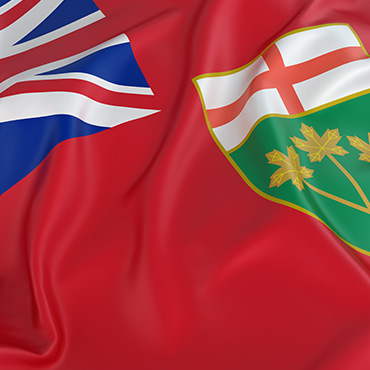The Ontario government’s pre-election budget, titled A Plan for Care and Opportunity, is a comprehensive plan that will be the template for Premier Wynne’s re-election platform. Governments leverage the formal weight of a pre-election budget tabled in the legislature because it leaves an impression of serious purpose and policy action, as compared to “promises” contained in an election platform.
This budget serves two political objectives: to deliver an ambitious social policy agenda which voters will feel reluctant to turn down and to recapture the political narrative by branding the Premier as the leader who is fighting to help Ontarians get ahead. Tactically, the Premier will want this budget to cement her support among Liberals and expand her support with moderate and progressive voters.
With the suite of policies in Budget 2018, including the expansion of free prescription drugs to seniors, childcare provided for children aged two-and-a-half to four, the largest annual increase in hospital spending in decades, and expanded funding for mental health care, the Ontario Liberals are setting themselves up for a battle of ideas with the new PC leader, Doug Ford. But it remains unclear how much of that battle Ford will join. His predecessor, Patrick Brown, consciously avoided a policy debate with the Liberals on many of their signature initiatives, preferring to fight on a “time for a change” mantra. Ford has yet to engage in this fight, but there is certainly time for it, and because of the ideological room between the two leaders some of Ford’s supporters will urge him to take on the Premier’s policies directly.
The announcement last year of the provincial government’s increase to the minimum wage from $11.20 to $14, then to $15 next year, was the signature policy that marked a pivot in the government’s political strategy. Building on that foundation, Budget 2018 focuses on policy measures that will support Ontarians facing economic challenges by expanding services around child care, health care, and home care. This positioning provides the Premier with an argument for another mandate by showing voters that her priority is expanding public services to help Ontarians get by.
With Ford as the new Progressive Conservative Leader, the Ontario Liberal Party is adjusting to an opponent that absorbs media attention. In contrast to Patrick Brown who avoided the spotlight and gave the Premier the forum to deliver her message to voters, Ford has shifted the political framework through his ability to capture the media’s focus. The Premier’s policy agenda in this provincial budget will help the Liberals address this political dynamic by using signature policies to recapture the public’s attention and break through the media’s focus on Ford.
The government’s investment in programs and services to help Ontarians presents a broader challenge for the PCs because they are being wedged against presumably popular policies that they will be reluctant to finance in their updated campaign platform. Ford will have to carefully determine how to craft his platform in response to the government’s budget. If the PCs cancel Budget 2018’s investments in social programs, then the Liberals will be well positioned to communicate to voters that the PCs are weak on helping Ontarians cope with everyday concerns and expenses. The PCs are poised to distinguish themselves from the Liberals by focusing on tax cuts, a reduction in spending, and limiting the size and scope of government as well as its reach into people’s lives.
Budget 2018 boldly stakes out the ground that the Liberals want to fight on in the lead up to the June election. However, the return to deficit spending, and the growing debt provides an attractive target for Ford and his party. Servicing the cost of debt is the third largest expenditure in the budget after healthcare and education. The provincial debt itself has ballooned to $337.4 billion and while net debt-GDP ratio is projected to trend below its 2014-2015 peak, it only starts to decline by 2022-2023. With the increases in expenditures and limited new revenue, the deficit is projected to be $6.7 billion in 2018-2019 with deficit spending projected to continue until 2024. The longer period of deficit spending will provide the PCs with more fiscal room to arrive at a balanced budget ahead of the Liberals in their campaign platform while still cancelling the revenue generating cap and trade program.
Even though the focus of Budget 2018 is a combination of healthcare and childcare support for Ontarians, the budget also provides a $182 billion infrastructure program over the next 10 years to, in part, help increase growth in Ontario. With real GDP growth trending below 2%, the provincial government will lean on fiscal stimulus through infrastructure spending to generate economic wealth in the province.
Overall, the budget is the blueprint for the Liberal’s re- election strategy, but it will be tested against the desire for change among voters in Ontario. If the campaign becomes a debate about keeping or cutting popular programs and policies, rather than a need for change at Queens Park, then the Liberal government will have succeeded in achieving their political goal for Budget 2018.
